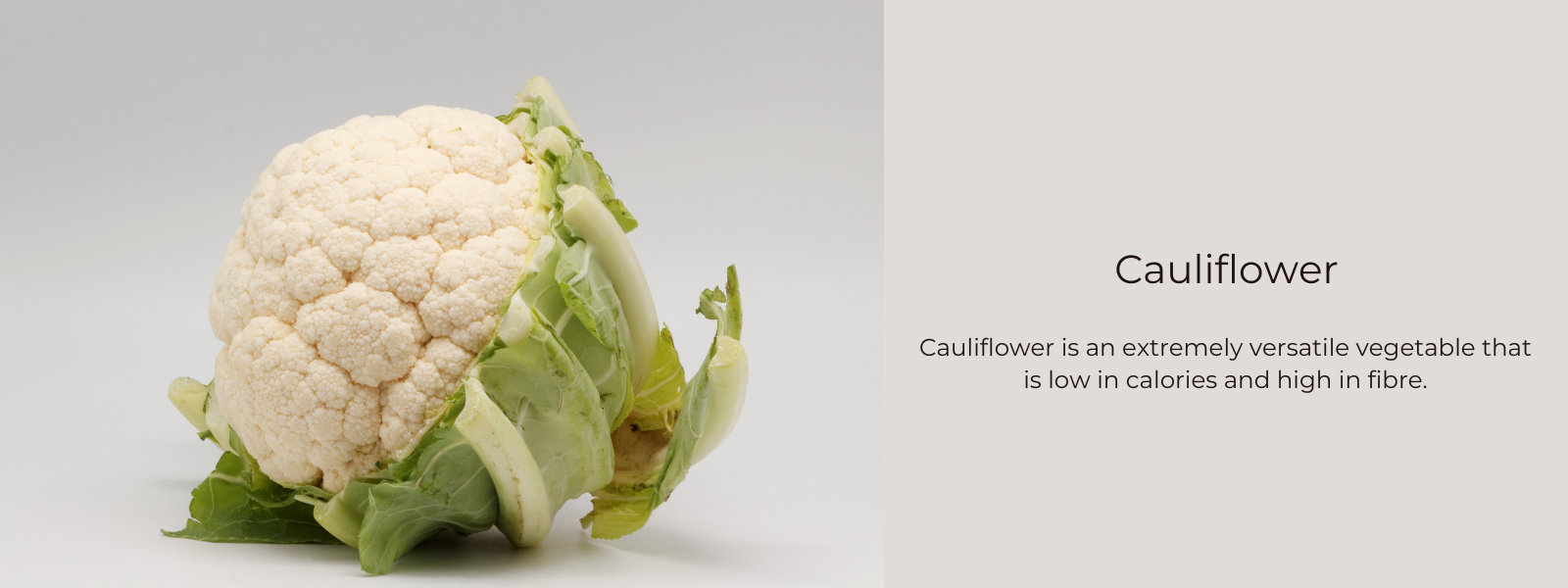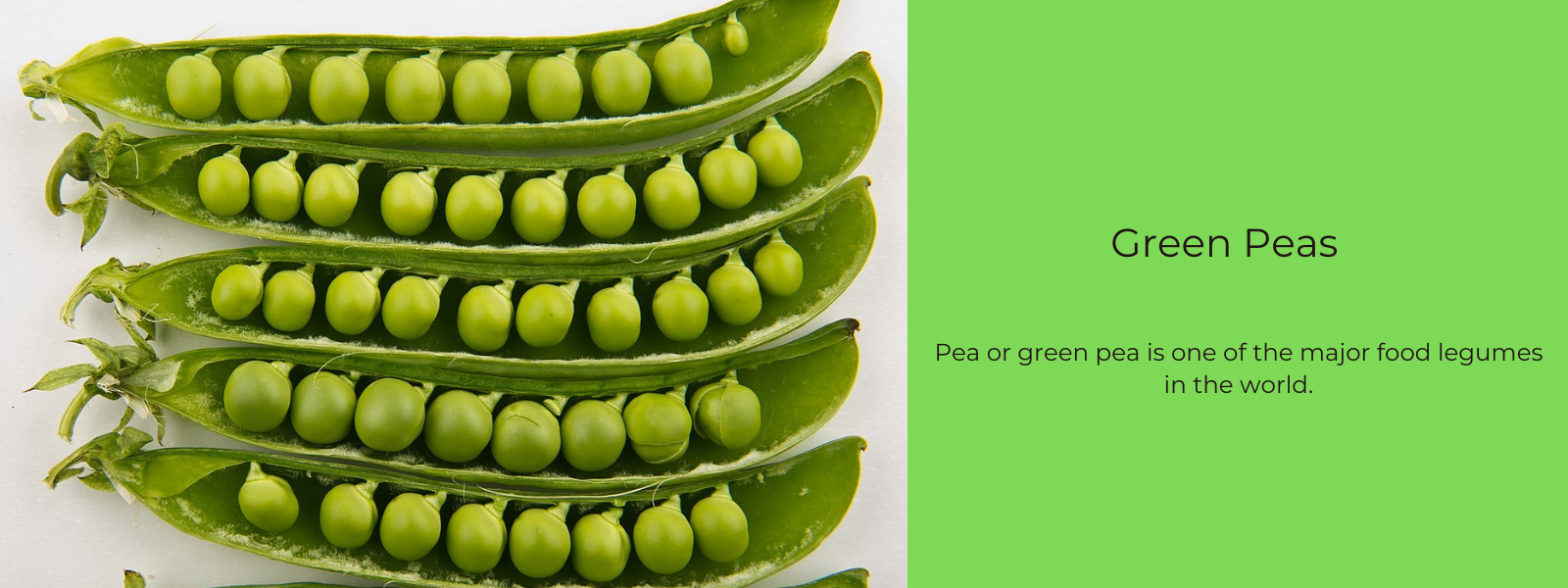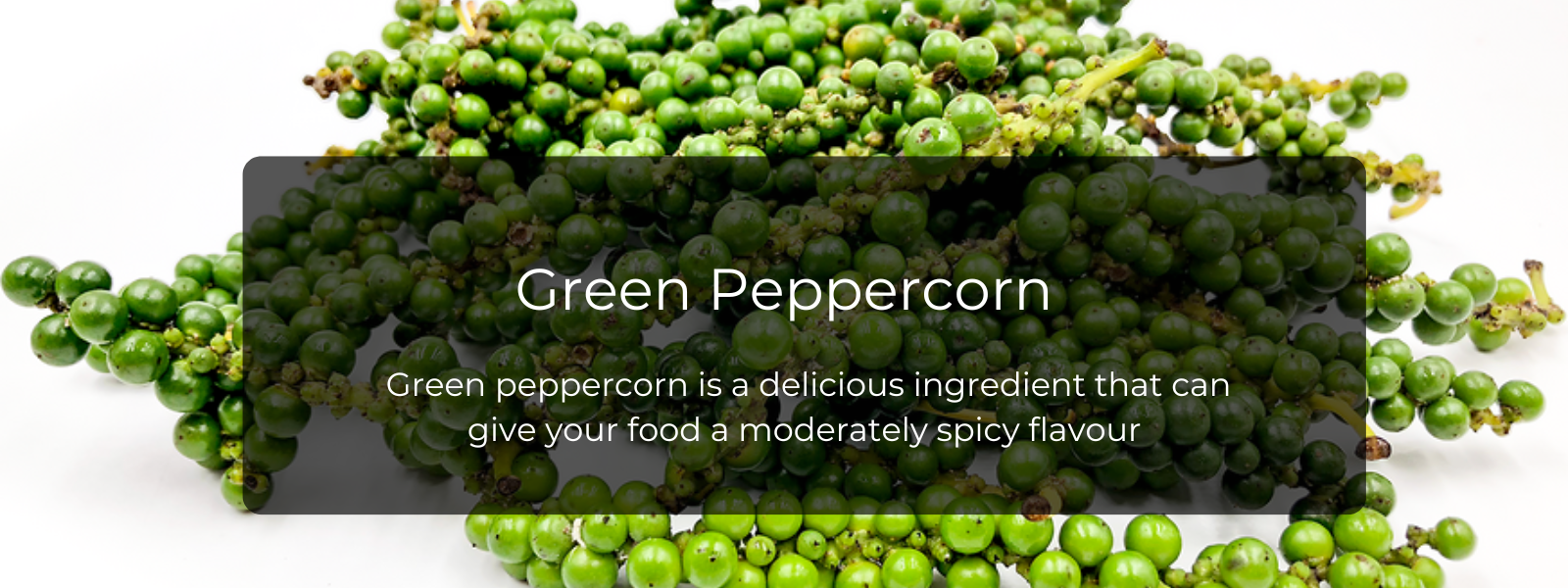Collard greens are extremely beneficial to one's health because of the abundance of vitamins, minerals, and dietary fibre they contain. The digestive tract benefits greatly from a diet high in fibre. Collard greens' soluble fibre can prevent cholesterol from entering the bloodstream, improving heart health. The healthy bacteria in your gut benefit from the insoluble fibre in collard greens, which can improve digestion.
Table of Contents
What are collard greens?
The Brassica oleracea genus includes a wide variety of plants often known as collard greens or collards. Collards, often known as collard greens, are a type of vegetable in the cruciferous (or cabbage) family. They are grown commercially in several countries including Brazil, Italy, Tanzania, and India for its big, dark green leaves. In the Kashmir valley of India, collard greens are known as Haak saag. Although you can find these greens any time of year, they pack the most nutritional punch when picked in the winter. As with other leafy greens like kale and spinach, collard greens are an integral part of a healthy diet.
Collard green nutritional facts:
Low in calories but high in vital nutrients, collard greens can help you feel and look your best. 12 calories, 2 grammes of carbs, 1.4 grammes of fibre, and 1 gramme of protein may be found in a single cup of greens. Vitamins K, C, and folate, along with calcium, magnesium, potassium, and phosphorus, are all abundant there. Plant components such as polyphenols, phenols, and alpha-lipoic acid found in greens have been shown to reduce oxidative stress by neutralising free radicals, decreasing inflammation, and protecting against the onset of chronic diseases.
Health benefits of collard greens:
Lowers the risk of cancer
Collard greens are among the cruciferous vegetables that have been credited with powerful anti-cancer properties. Researchers have found that a lower risk of acquiring malignancies like prostate, lung, bladder, breast, ovarian, and colon is associated with a diet high in cruciferous vegetables. Cruciferous vegetables' high concentration of the phytonutrient glucosinolates has been linked to a reduced risk of developing cancer. Glucosinolates are broken down into isothiocyanate, which protects healthy cells and stops tumours from forming. The health advantages of collard greens are lost if you overcook them, thus steaming is the recommended preparation method.
Increases Density of Bones
Children's developing bones benefit greatly from the calcium and vitamin K found in collard greens. It's rich in vitamin K, so it helps reduce the pain and discomfort of osteoporosis by activating the proteins that promote bone well-being and metabolism in adults. Postmenopausal women can benefit from this green vegetable since it slows the natural bone loss that comes with getting older.
Fosters Better Eye Health
The abundant nutrients in collard greens are beneficial to eye health and the improvement of eyesight. Antioxidants like lutein and zeaxanthin, which are loaded with vitamin A, play an important role in vision and protect against macular degeneration caused by age, cataracts, diabetic retinopathy, and glaucoma.
Improves Cardiac Condition
Collard greens' beneficial effects on cholesterol levels and blood pressure can be attributed to their high content of dietary fibre and potassium. By preventing the buildup of plaque and fat in the heart's blood vessels, this enhances the health and efficiency of the heart's pumping muscles. Additionally, it aids in the control of blood pressure and the improvement of the circulation of blood to the vital organs.
Improves intestinal health
Collard greens are a great way to up your fibre intake when eaten regularly. Fibre in the diet promotes digestive health by encouraging regular bowel movements and feeding the healthy bacteria already present in the digestive tract. In addition, the plant chemical dietary sulforaphane found in collard greens has been shown to inhibit the development of Helicobacter pylori and reduce associated symptoms like gas, nausea, and pain in the abdomen.
Ways to include Collard greens in diet:
Raw collard greens are delicious; their flavour is moderate and less harsh than that of kale. You may use them to make nutritious salads, smoothies, sandwiches, even soups and stews. They are also delicious when sautéed and served as a side dish.
How to prepare collard greens?
Collard greens are harsher than many other varieties of leafy greens because they are linked to broccoli and other cruciferous vegetables. Collard greens are a divisive vegetable since some people like them raw and others prefer to prepare them to soften their texture.
Greens from the collard family can be used in place of or in addition to any other leafy green in any savoury recipe.
You can incorporate collard greens into your diet in the following ways:
- Instead of using tortillas, wrap your burritos in collard greens.
- Add collard greens, chopped, to the chilli.
- Make a soup with collard greens.
- Stir-frying is a great way to showcase collard greens' vibrant colour.
- Make a pesto out of puréed collard greens.
- Eat collard greens sautéed in a pan.
- For added nourishment, try adding some collard greens to your smoothie.











Leave a comment